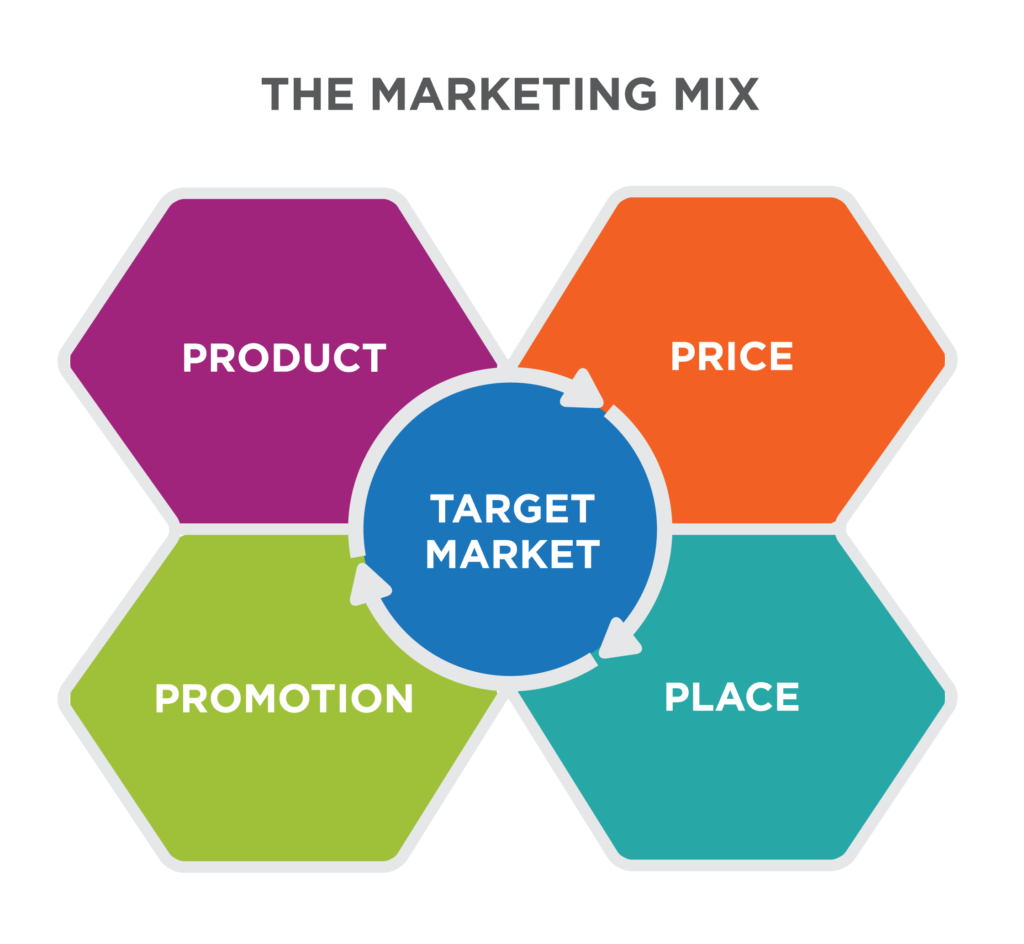Objectives
In this lesson, we will introduce you to the activities that comprise a firm’s marketing program. These activities are popularly referred to as the 4 Ps – product, price, place and promotion. After you work out this lesson, you should be able to:
· Understand the major product decisions in marketing planning
· Know the pricing objectives and the factors that influence the pricing decisions
· Appreciate the role of marketing channels and understand the important channel decisions to be taken
· Comprehend the Promotion Mix of marketing and the different elements in the promotion mix
· Learn how the 4 Ps combine to create effective marketing programs
In this lesson, we will discuss the following:
· The sub-elements of each of the 4 Ps of marketing
· Marketing programs
· Product management decisions
· Channel management
· Marketing communications
· Pricing basis, objectives and approaches
Introduction
After marketers select a target market, they direct their activities towards profitably satisfying that segment. Although they must manipulate many variables to reach this goal, marketing decision making can be divided into four areas: product, price, place (distribution) and promotion (marketing communication). The total package forms the marketing mix – the blending of the four elements to fit the needs and preferences of a specific target market. These are the four variables that a marketer can use in different combinations to create value for customers. Several of the sub-elements in each of the four Ps that constitute the marketing mix are listed in the following table.

Marketing Programs
A marketing program is made up of the various elements of the marketing mix and the relationships among them. The concept of the marketing mix emphasizes the fit of the various pieces and the quality and size of their interactions. There are three degrees of interaction – consistency, integration and leverage. Consistency is the lack of a poor fit between two or more elements of the marketing mix. For example, to sell a high-quality product through a low-quality retailer would seem inconsistent. While consistency is the lack of a poor fit, integration is the presence of a positive, harmonious interaction among the elements of the mix. For example, heavy advertising can sometimes be harmonious with a high price, because the added margin from the high price pays for the advertising and the high advertising creates the brand differentiation that justifies the high price. Leverage is the situation in which each individual element of the mix is used to the best advantage in support of the total mix.
Once the elements of the marketing mix have met the internal tests of consistency, integration and leverage, the next step is to check that the proposed program fits the needs of the target customers, the core competencies of the company and the likely responses of key competitors.
The concept of program/customer fit encompasses development of a marketing program that fits the needs of the target-market segments. For that, the market must first be carefully and explicitly delineated. If the target has not been defined, it cannot be reached! The program must not only fit the market, but also fit the company. A marketing program must match the core competencies of the company that is implementing it. For example, an organization with extensive mass advertising experience and expertise is more likely to be able to carry out a program that leans heavily on advertising than an organization less strong in that particular area. An effective marketing program must not only fit the company’s own core competencies, it must also take account of competitors’ programs. Competitive/program fit can be defined as the characteristic of a marketing program that, while building on a company’s strengths and shielding its weaknesses, protects it from competitors by capitalizing on their weaknesses, in the process creating a unique market personality and position.
Like most concepts, the marketing mix is an abstraction and real marketing programs do not always fit perfectly the product, price, place and promotion paradigm. In fact, several parts of the mix fall at the interface of two elements. For example, brand, which is often views as an aspect of product, is clearly also part of marketing communications and can serve to help coordinate product policy and communication.
Product Management Decisions
Product decisions start with an understanding of what a product is, viz., the product offering is not the thing itself, but rather the total package of benefits obtained by the customer. This is called as the total product concept. For example, a watch from Rediff.com is not just a watch but one shipped within 24 hours of order and unconditionally guaranteed. This broad conception of a ‘product’ is key to seeing possible points of differentiation from competitors. The following chart illustrates the total product concept.

The ‘generic’ product is no longer sought (leave alone bought!) by the customers. It merely represents customer need fulfilment. The expected product represents the customers’ minimal purchase conditions. When such customer expectations are met, it leads to customer satisfaction. The augmented product represents the customers’ Wishlist. It leads to customer delight. Be


